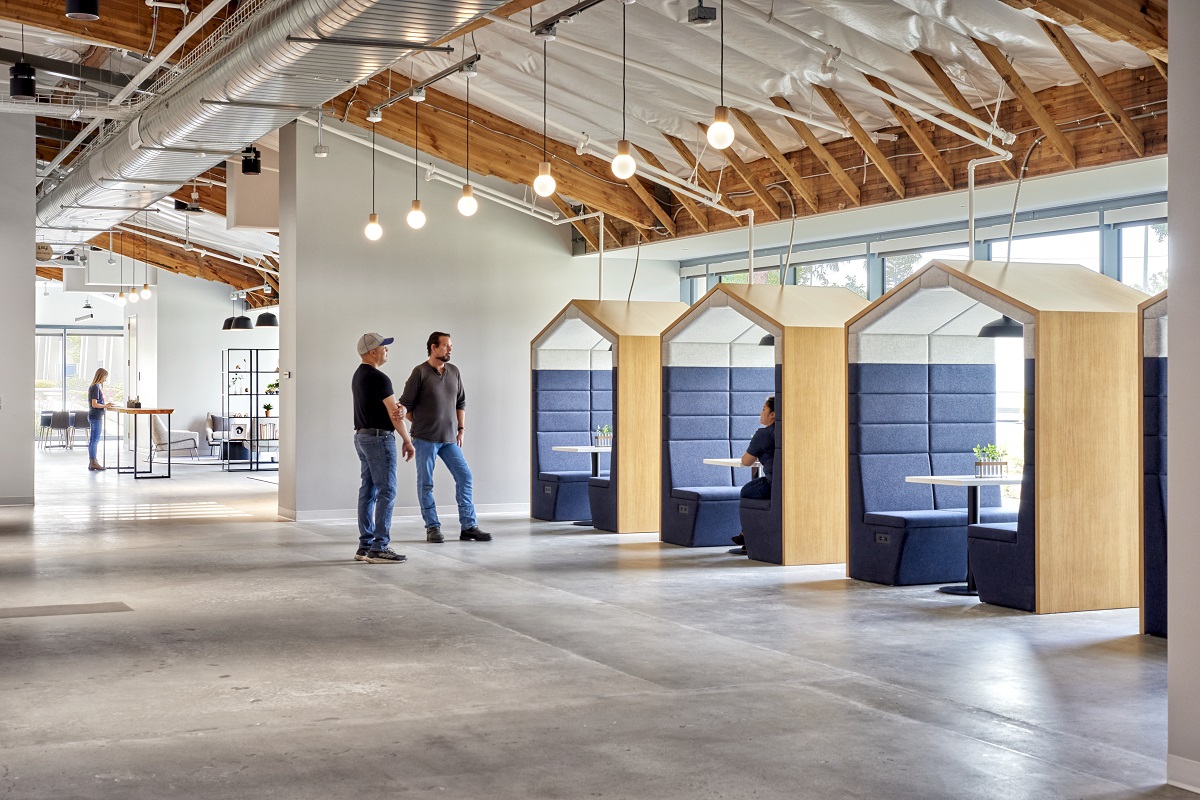
Designing for Demographics: How Personalisation Is Shaping the Future of Office Design
In the dynamic New Landscape for Work, individuality is the name of the game. Personalisation, flexibility and agility of furniture and workspaces is increasingly important in order to fulfil each employee’s individual needs. While each person in the workspace has their own preferences, key demographics that make up the workforce of today each bring unique perspectives, expectations, and working styles.
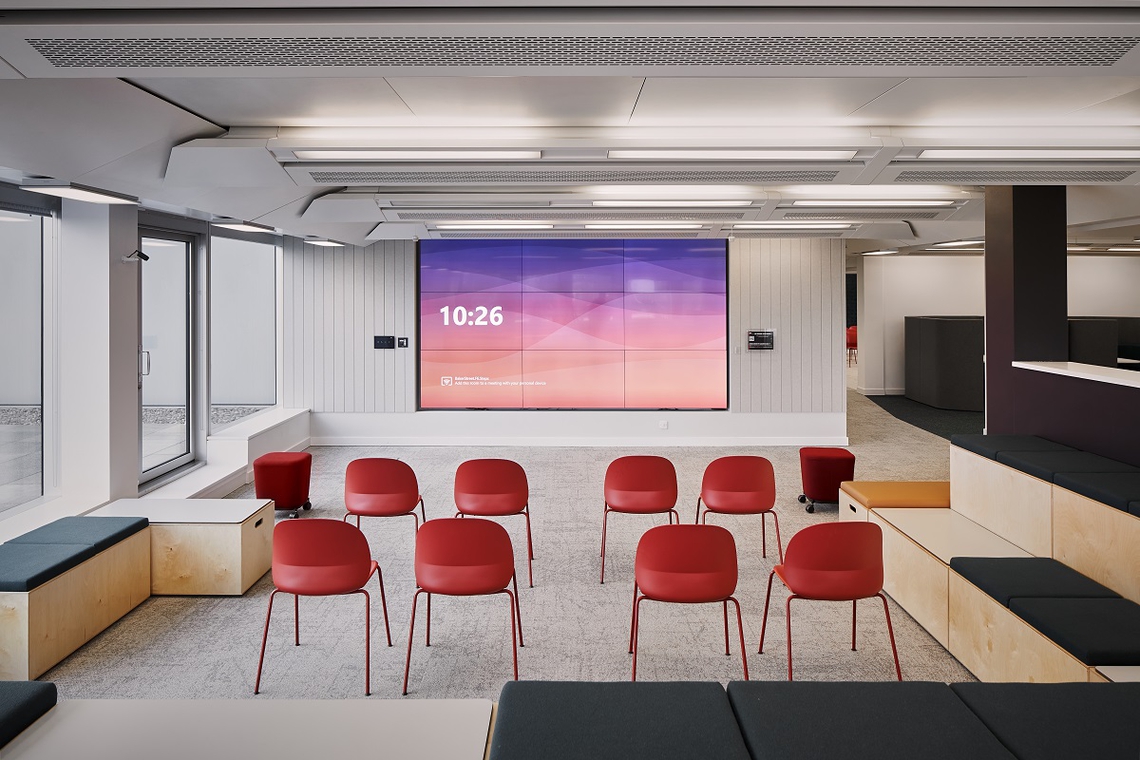
Different generations, cultural backgrounds, technical or physical abilities go a long way in making up the key demographics found in the workplace and by providing workspace design and provisions to accommodate these groups of people, businesses can benefit from enhanced employee and client satisfaction, productivity, engagement and overall wellbeing. In this blog, we’ll explore how the demands of different demographics are influencing workspace design.
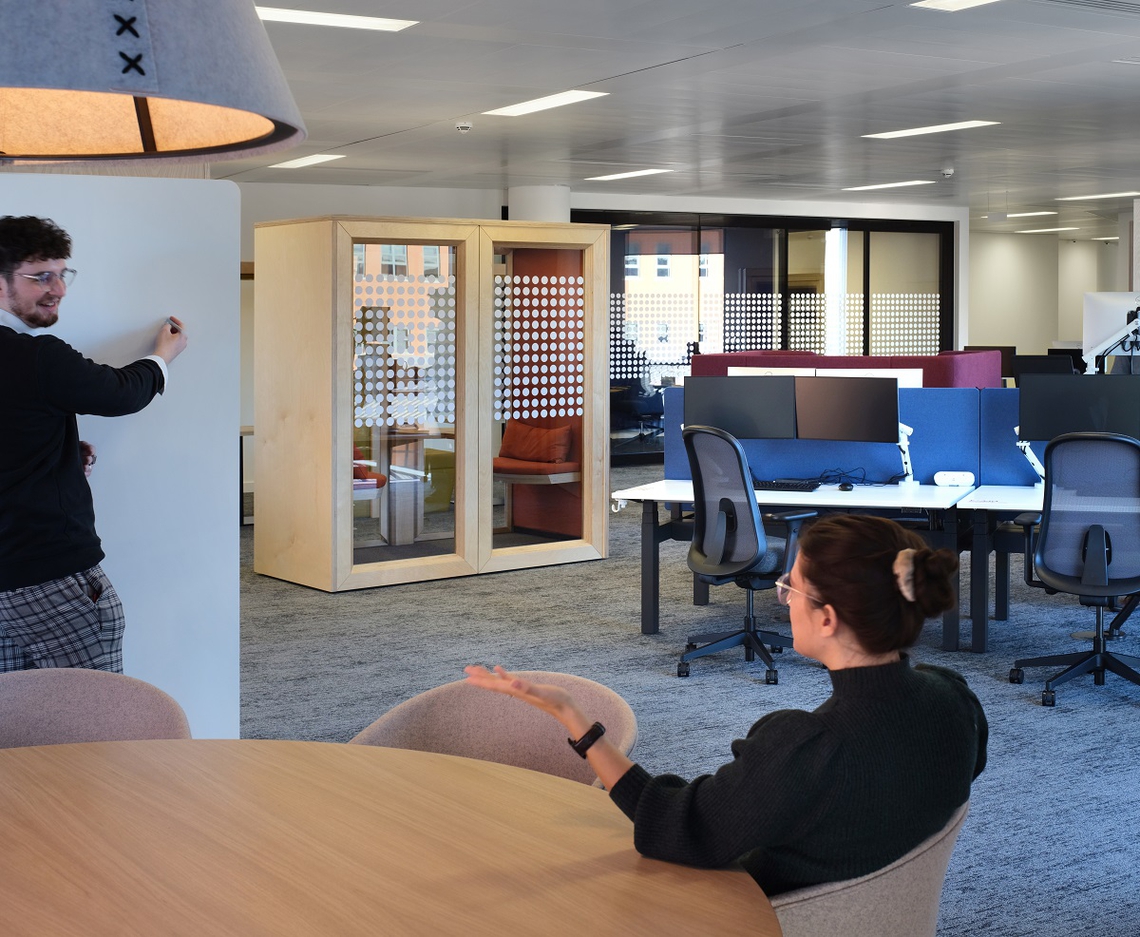
Generational Values
In an increasingly values-led society, optimising the workspace to align with various values can be a challenge. When it comes to demographics by generation, each has a unique preference when it comes to workplace design. Baby Boomers prioritise routine, stability and familiarity, preferring dedicated workspaces. Generation X tends to value a healthy work-life balance and Millennials seek work-life integration, collaboration and autonomy, favouring a mix of collaborative and individual workspaces along with remote work options. Generation Z values flexibility, digital connectivity, and well-being, opting for spaces that promote creativity and diversity.
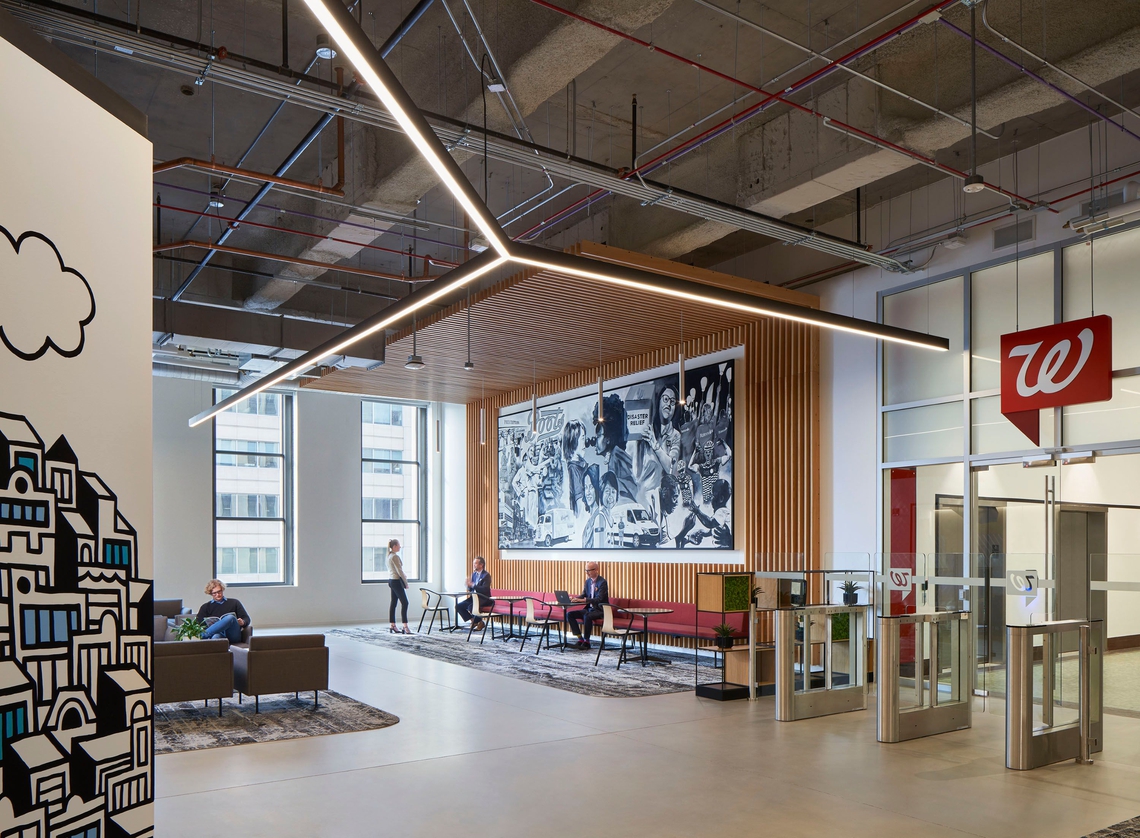
Additionally, Millennials and Gen Z place higher value on sustainability and eco-credentials of the places in which they work. A Deloitte 2023 Gen X and Millennial study found that 46% of Millennials and 50% of Gen Z workers are actively pushing their employer to drive change on environmental issues. They actively seek employers who align with their values and consequently, workplaces are integrating eco-friendly workspace design features such as energy-efficient lighting, green building materials, and waste reduction initiatives.
When designing a multi-generational workspace, businesses should create an environment that takes all values into account by offering variety and design choice. Open-plan layouts, communal spaces, and opportunities for social engagement are extremely important, as well as dedicated but flexible workstations, technology integration, wellness areas, and opportunities for personalisation.
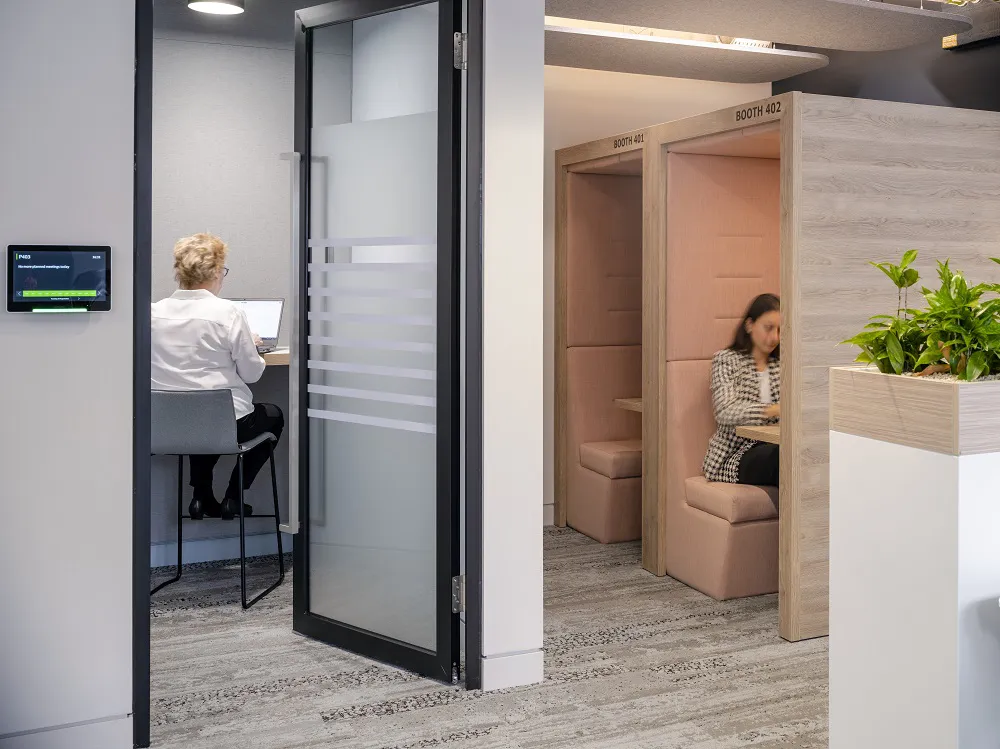
Cultural Diversity
Diversity of background, race and culture has numerous benefits on a business’ bottom line. Beyond profitability, cultural diversity creates a rich and rewarding workplace by enabling the exchange of different perspectives to inform decision making, leading to increased creativity and innovation.
When it comes to workspace design, various cultural backgrounds should be met with specific design, communication strategies, and amenities. Employers should embrace cultural diversity by creating spaces that celebrate different traditions and customs. Providing designated prayer rooms and diverse food options can enhance inclusivity for various cultural practices.
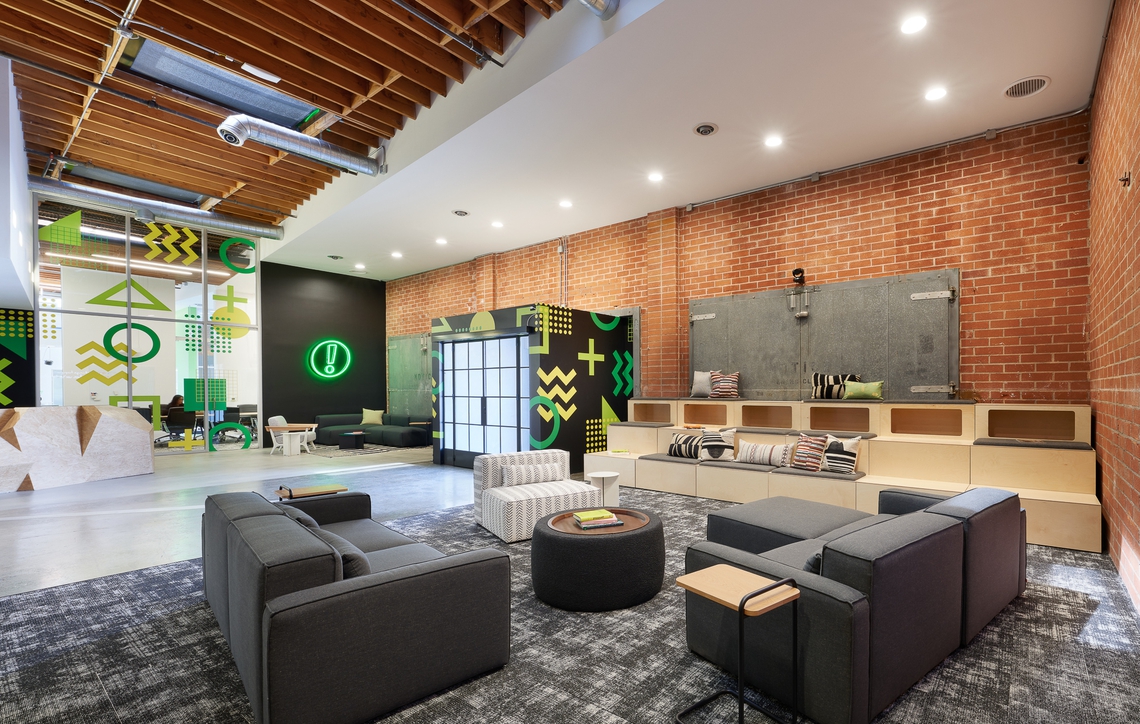
Most crucially, to enhance the benefits of cultural diversity workspaces should focus on fostering community. Creating spaces for communication, socialisation and bringing together teams from different areas helps to build community and support inclusion through increasing a feeling of belonging for people from various cultures. Providing zones of activity such as office neighbourhoods, scrum and communal spaces helps to encourage social interaction. Smart space dividers such as the Palisades II create dedicated zones without blocking out any light and keeping the open-plan office feel. Paired with modular seating system the Bleachers, businesses can allow for chance-meetings and casual breakout sessions that increase levels of creativity, excitement and wellbeing.
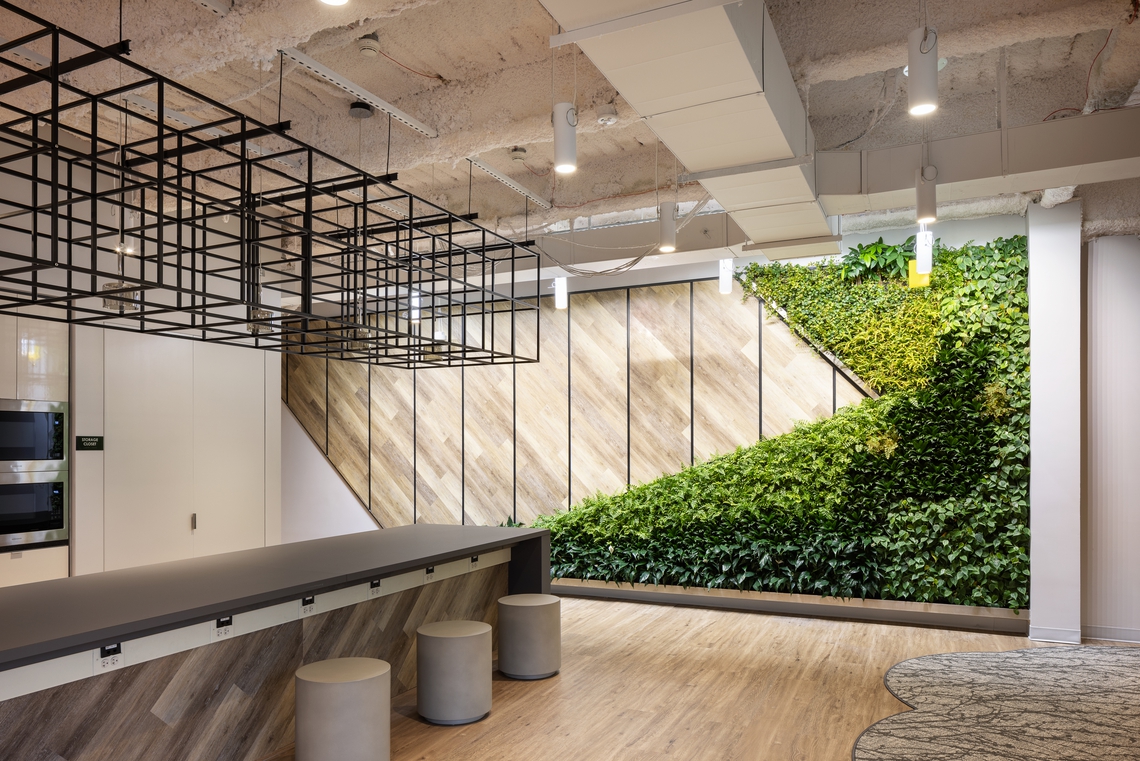
Preferences & Needs
While demographic categories provide a useful framework, The New Landscape for Work is considerate and accommodating of individual preferences. Diversity extends beyond cultural nuances, incorporating preferences for those in typically underrepresented groups such as women, parents, those with disabilities and neurodivergent employees who may have specific needs that differ from the general demands of their demographics.
A McKinsey study found that traditionally underrepresented groups of employees demonstrated a stronger preference for hybrid work, with employees with disabilities 11% more likely to prefer a hybrid work model. These statistics alone demonstrate that the physical office has a long way to go in creating spaces for employees to optimise inclusion. Using a truly universal design to create a flexible and empathetic workspace can help to foster inclusion in the workplace for these demographics.
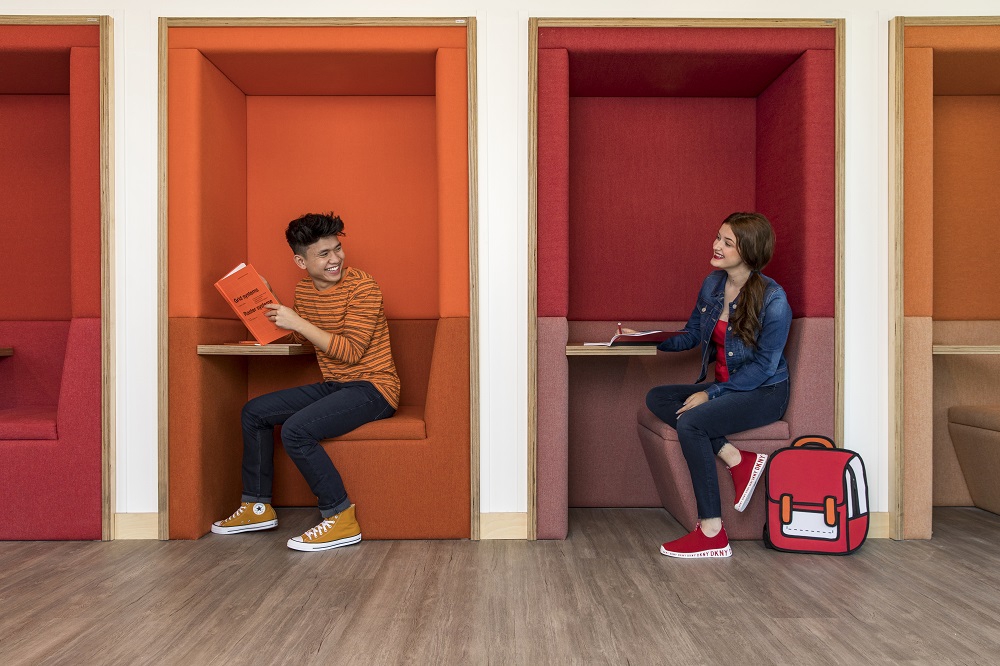
To support employees who need privacy or areas to focus away from the buzz of the office, alternative workspaces like quiet zones, or working pods such as the Residence Max can allow for solo work.
For employees who like to work alone but enjoy being connected and welcome impromptu interactions, the flexible Portals can be made fully accessible for wheelchair users, come with built-in technological integrations and keep inhabitants open to the workplace environment whilst offering a dedicated space for productive work away from mainstream distractions.
As well as employees with neurodiversity or disabilities, Millennials and Gen Z place a high premium on wellbeing and mental health, prioritising workplaces that promote physical and emotional well-being, leading to a growing emphasis on wellness initiatives and employee-centric design. Providing wellness facilities, such as meditation rooms, gyms or quiet areas, supports employees with additional needs and helps prioritise self-care and stress reduction. Environments that prioritise its inhabitant’s happiness and wellbeing are good for all demographics, showing dedication to providing a space where all human beings can thrive.
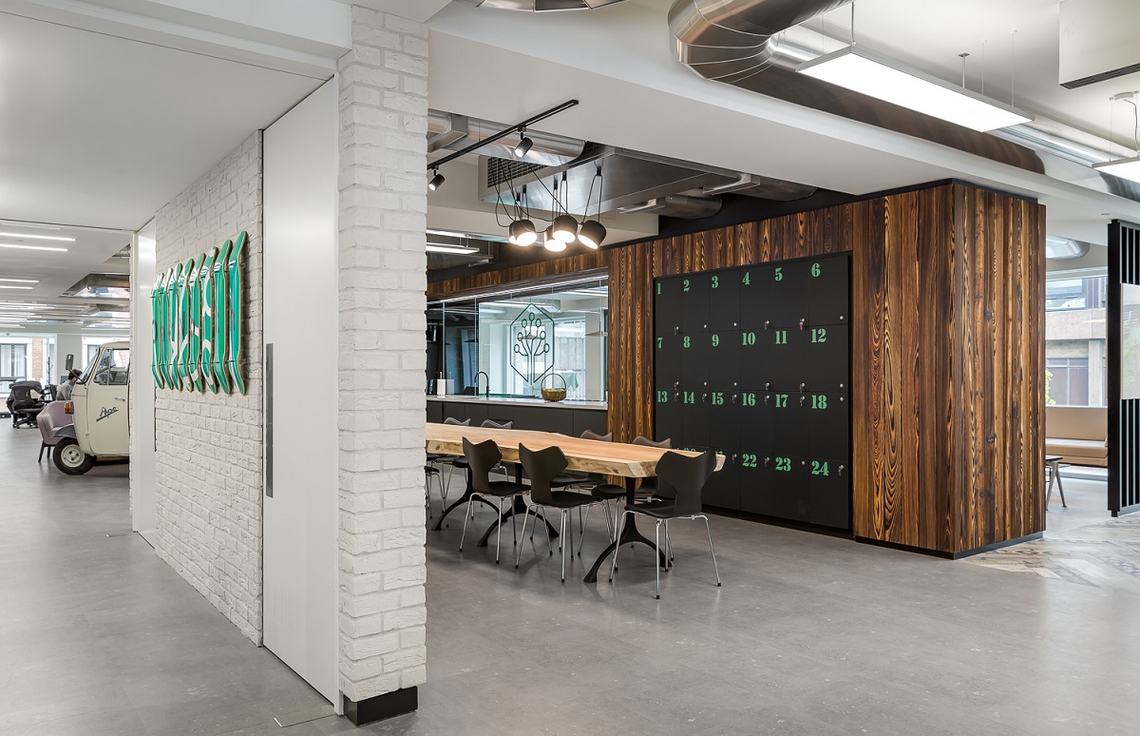
In the dynamic landscape of work, it is clear that catering to the diverse needs, values, and preferences of employees is crucial for creating inclusive and thriving work environments. From different generations to cultural backgrounds, businesses must embrace flexibility, customisation, and cultural representation in workspace design. Additionally, addressing the specific needs of underrepresented groups to ensure equal opportunities for all.
By embracing diversity, inclusion, and individuality, organisations can pave the way for a successful and harmonious future of work. Get in touch with us here to see how we can elevate your workspace design.
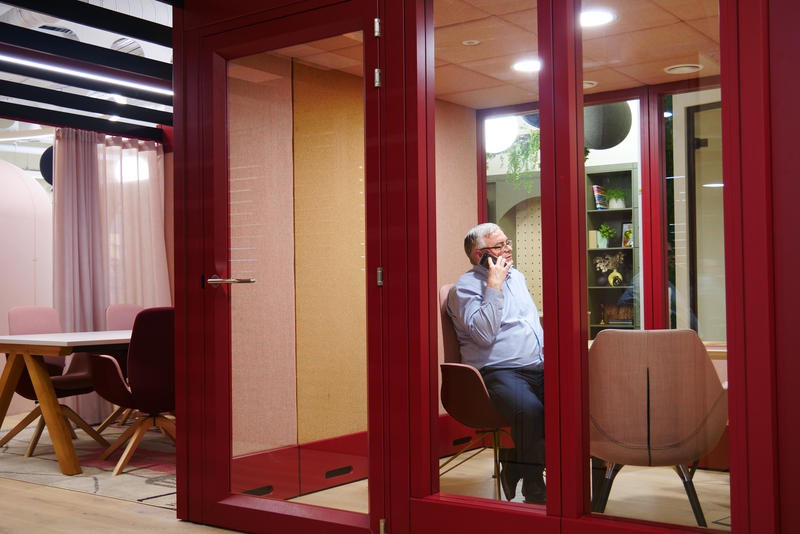
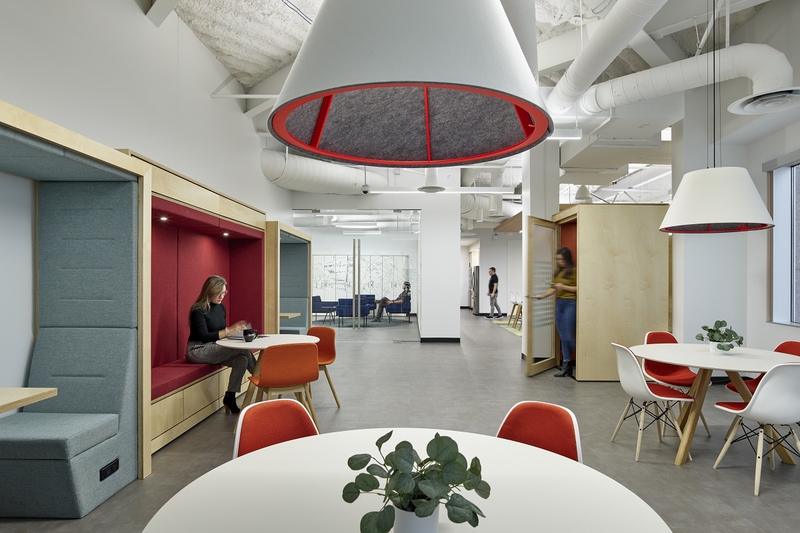
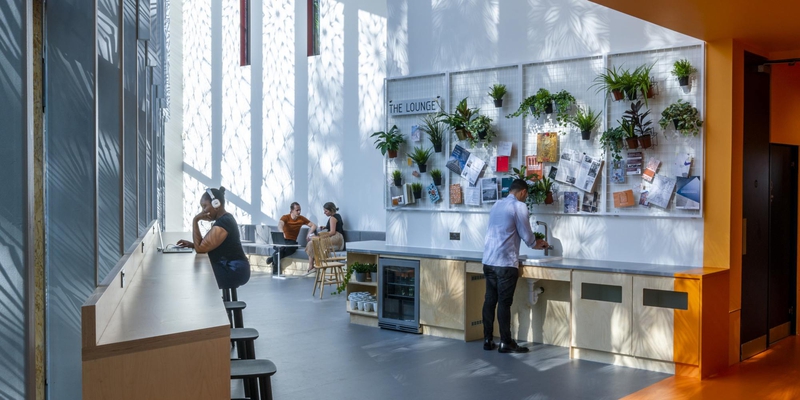
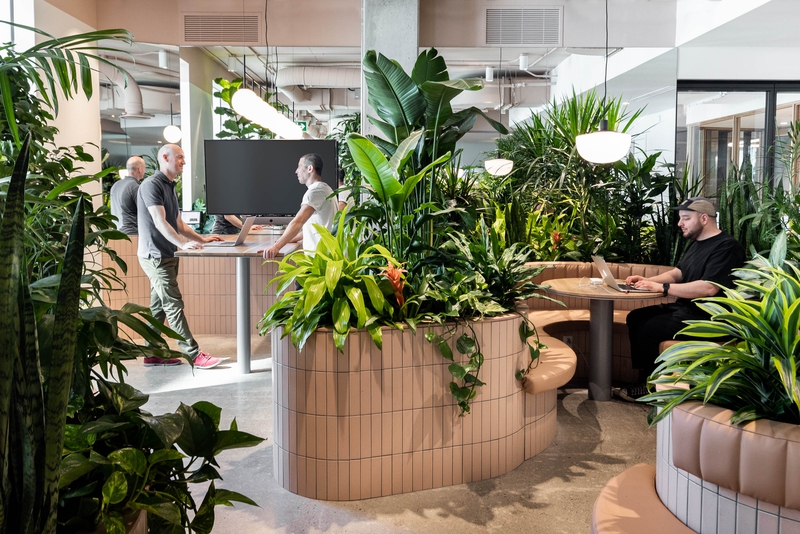
Smaller in size only, this workplace is a biophilic masterpiece with a focus on wellbeing, employee synergy and superio…
TECHNOLOGY & IT
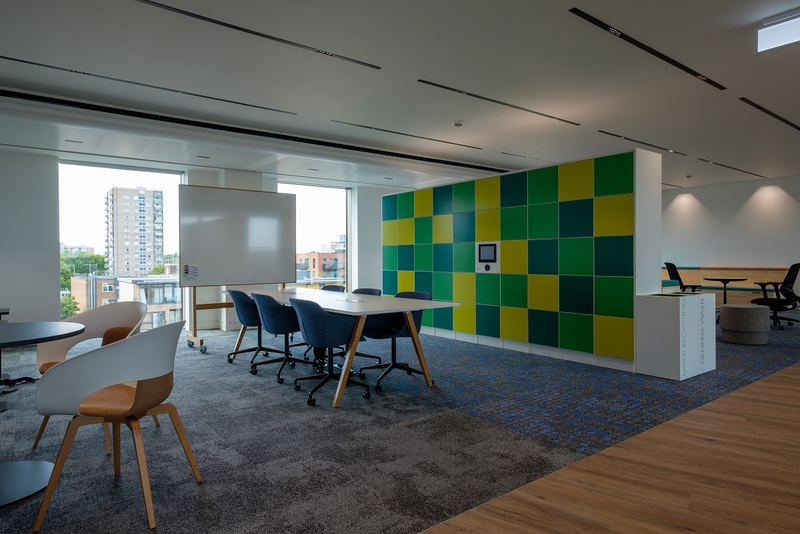
An adaptive hub for ideas, with a light, clean aesthetic, and energetic vibe
TECHNOLOGY & IT
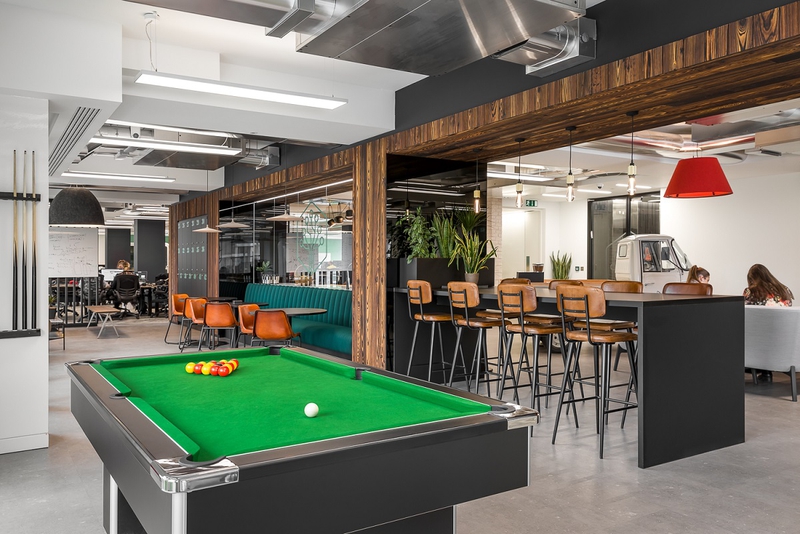
Masterfully blending technology and nature, the new Soho location provides a unique space for the employees of OakNorth
FINANCIAL SERVICES